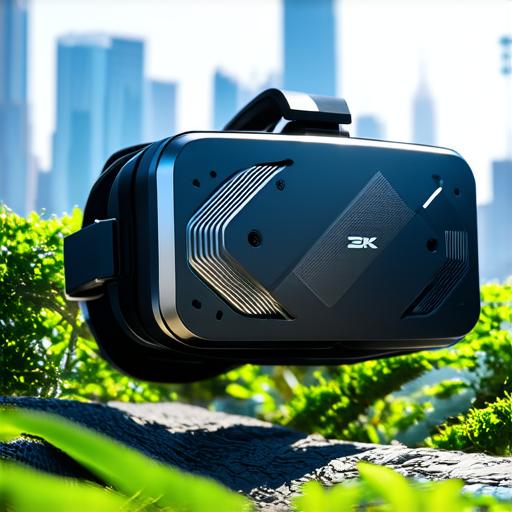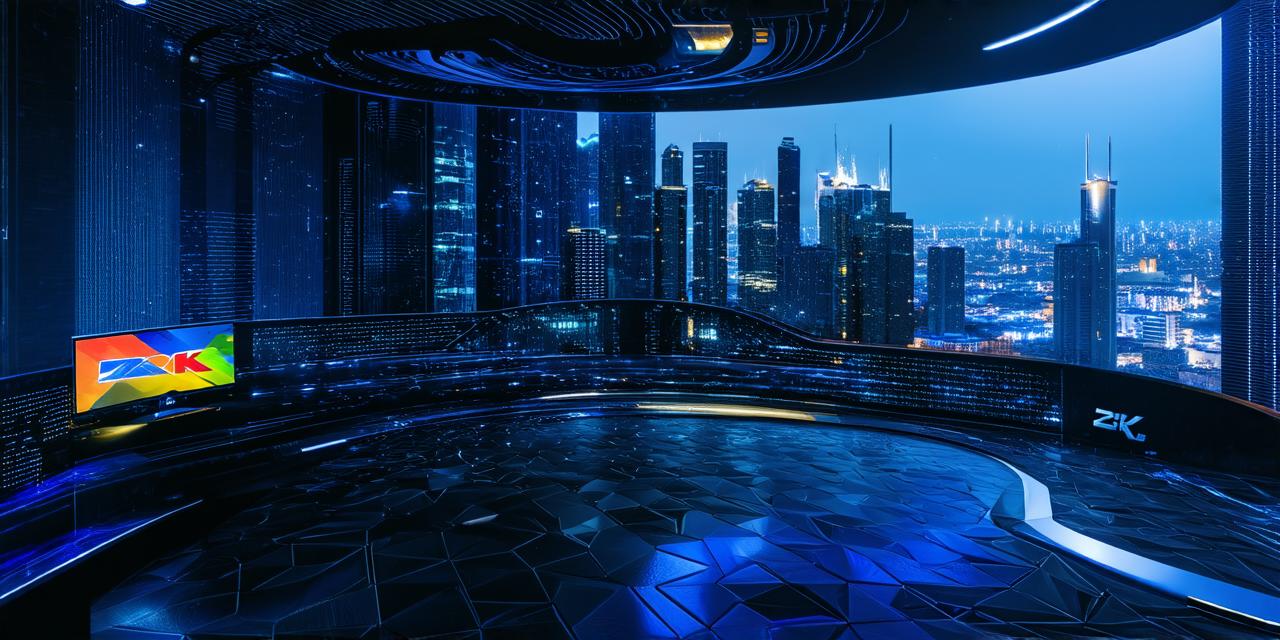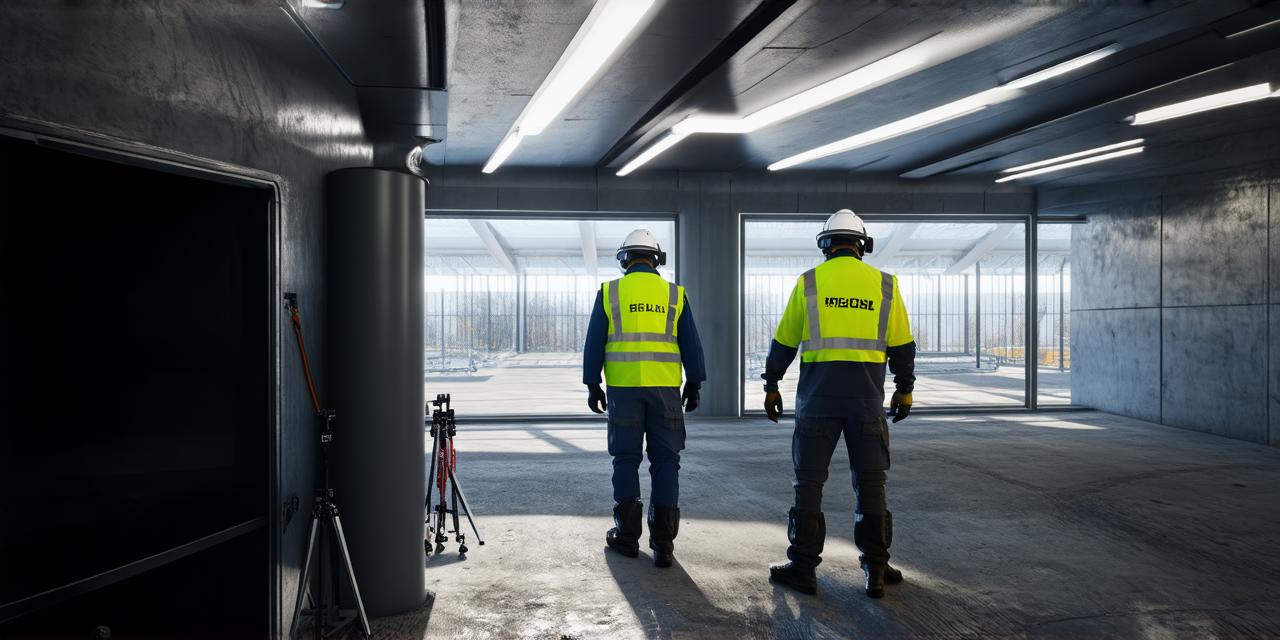The 1960s: The Genesis of a Concept
The roots of VR can be traced back to the “Sword of Damocles” project at MIT, where Ivan Sutherland created a head-mounted display (HMD) that allowed users to interact with computer-generated environments. This pioneering work laid the foundation for modern VR.
The 1980s: The First Steps
The 1980s marked the birth of the first VR headset, the “Virtual Reality Helmet” by Jaron Lanier. Despite its bulky design and limited capabilities, this device was a significant step forward in VR development, paving the way for more advanced technologies.
The 1990s: A Dream Deferred
The 1990s were a period of high expectations for VR, with movies like “The Lawnmower Man” fueling the hype. However, the technology was not yet ready for mainstream adoption, and VR remained a niche interest.
The 2000s: A New Lease on Life
The new millennium saw a resurgence of interest in VR, with companies like Nintendo and Sony entering the fray. The release of the Nintendo Virtual Boy in 1995 and the PlayStation VR in 2016 marked significant milestones in this era, demonstrating the potential of VR for mass consumption.
The Present: A New Reality
Today, VR is no longer a distant dream but a reality within reach. Companies like Oculus, HTC, and Valve have pushed the boundaries of what’s possible, creating immersive experiences that blur the line between the real and virtual worlds.
The Future: Infinite Possibilities
As we look to the future, the possibilities for VR are infinite. From gaming and entertainment to education and healthcare, VR is poised to revolutionize industries and reshape our world. The future of VR is not just about technology; it’s about human connection, empathy, and understanding.
FAQs
1. Who invented VR?
– Jaron Lanier is often credited as the “Father of Virtual Reality” for his work on the first VR headset in the 1980s.
2. When was VR first used?
– The first use of VR can be traced back to the “Sword of Damocles” project at MIT in the 1960s.
3. Is VR only for gaming?

– While gaming is a significant application of VR, it has potential uses in various industries such as education, healthcare, and more. The future of VR lies not just in entertainment but also in enhancing human experiences across the board.


